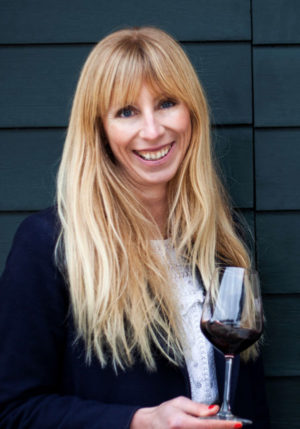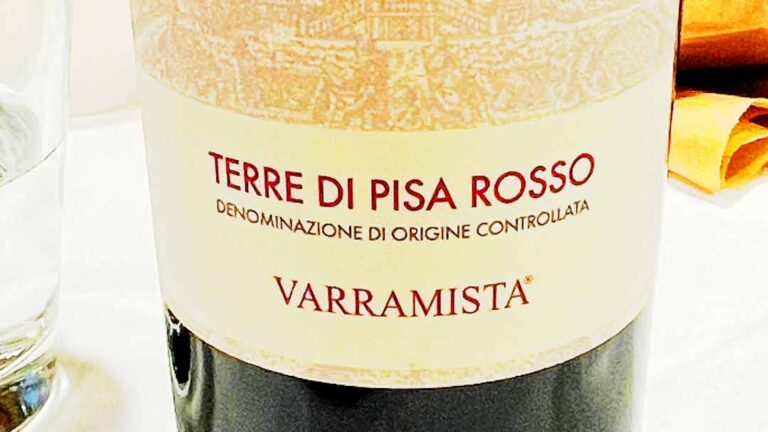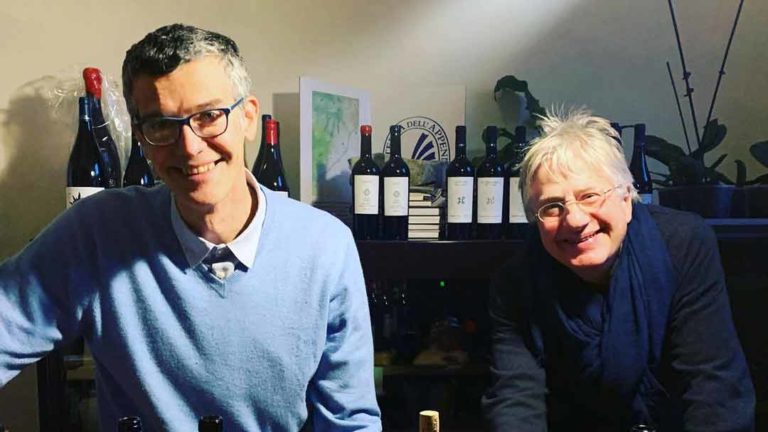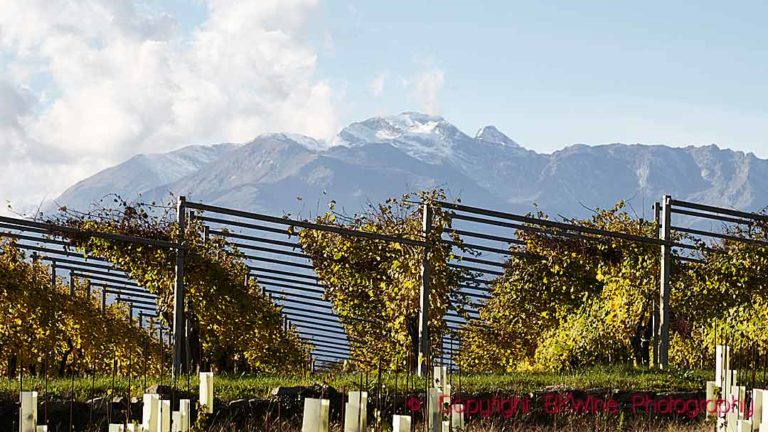Nebbiolo is more than Barolo and Barbaresco!
There is much more to discover in Piedmont than just the well-known classics of Barolo and Barbaresco. Today the region is bubbling with a new generation of winemakers, almost like the Far West, and small wine regions that are in the process of rebuilding their wine production. Much, though not all, is about nebbiolo in different shapes, sometimes in styles that you may not be used to, and from regions that you probably haven’t heard of. Lessona, Bramaterra, Gattinara, Boca, Ghemme, Sizzano… BKWine Magazine’s Åsa Johansson takes you on a journey of discovery.
A collapsed volcano. A thriving wine region that disappeared. A handful of stubborn producers fighting back. This is not a new episode in The Lord of the Rings but the story of Lessona, the wine region of northern Piedmont that wants to return to the spotlight.
This text is about an area that fell into oblivion and is now on its way back. Vineyards, diseases of the vineyard, hail storms and a growing textile industry put an end to the earlier flourishing wine production in northern Piedmont in the early 1900s. It went from 40,000 hectares to just under two thousand. Vineyards were abandoned and swallowed up by forests. After the two world wars it was Barolo and Barbaresco were in vogue had a tailwind and made a success across the seven seas. In the northern part of Piedmont, they invested instead in the textile industry, especially the production of cashmere because the water was so extremely clean here.
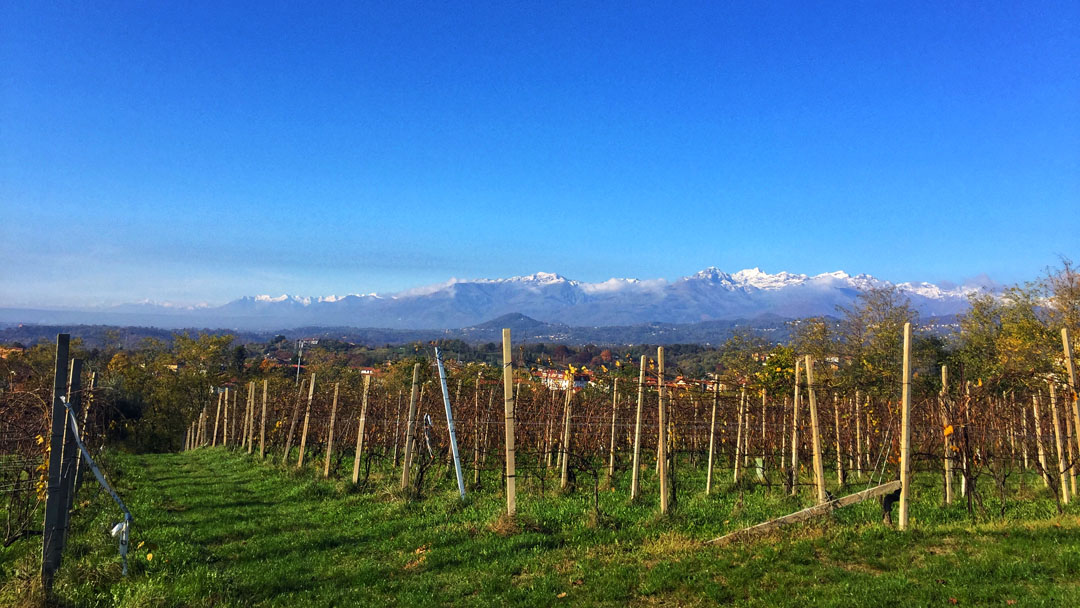
But today, Alto Piedmont, just south of the Alps, is coming back. Climate change and extreme vineyard prices in the famous nebbiolo regions change the rules of the game. Today, Barolo and Barbaresco producers are interested in Alto Piemonte, and not the other way around. For example, Roberto Conterno, from the famous producer Giacomo Conterno in Monforte d’Alba, has bought the historic Nervi winery in Gattinara and it is rumoured in the corridors that other well-known producers are interested in buying land in the area. The winds are blowing ever stronger in Alto Piemonte and the area gets a boost by the charismatic and strong-willed wine producers who are not afraid to put down all their chips to create a new and thriving (wine) future.
Conditions in Lessona
– The soil in Lessona is mostly sand. The reason is a super volcano that collapsed on itself 280 million years ago and pulled up a lot of sand from the lower soil layers, says Kerin O’Keefe of The Wine Enthusiast during a conference in Turin on the nebbiolo titled The Royal Nebbiolo Grape.
Nebbiolo is called spanna in this part of Piedmont. In Valle d’Aosta, it is called picotener and in Lombardy chiavennasca. There are about thirty biotypes of nebbiolo but it is four that have received the most attention. Nebbiolo bolla, nebbiolo lampia, nebbiolo michet and a fourth, nebbiolo rosé, which today is considered to be a separate grape variety.
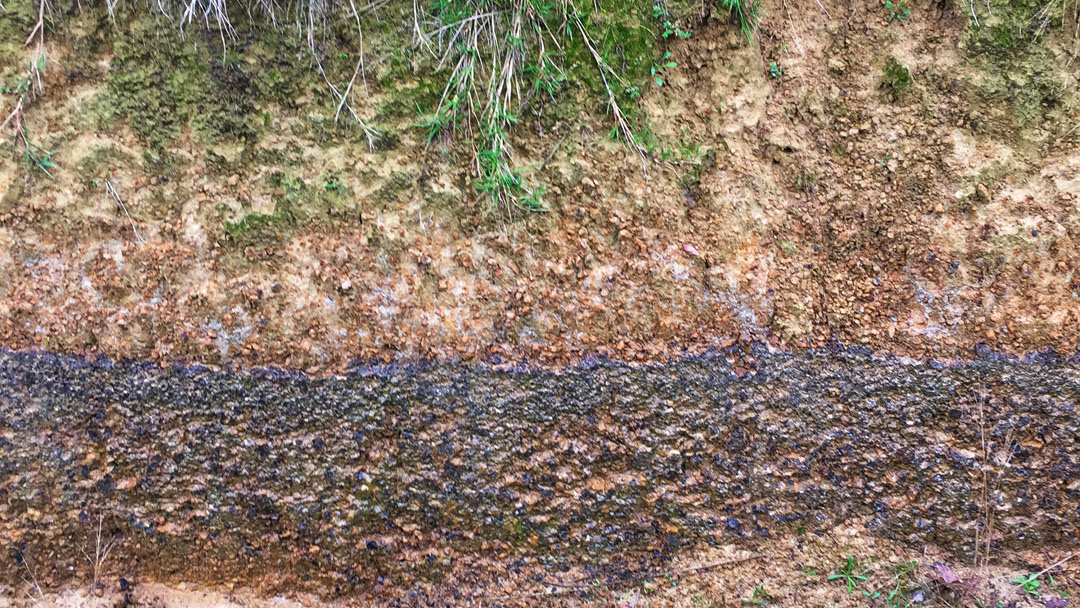
-What’s so special about Lessona is the pH of the soil that is around 4.2–4.8. It is one of the most acidic vineyards in the world, says Daniele Dinoia, who owns the estate Villa Guelpa.
He is one of the enthusiasts behind Lessona’s awakening. During our days together, his faith and willingness to bring Lessona back into the limelight shine through everything he says and does. Daniele has extensive experience in the wine industry, both in Tuscany and in Piedmont. Together with his wife, he has bought the yellow villa, Villa Guelpa, built in 1882, which they decorated with beautiful furniture and modern art. The wines are made in the cellar in concrete tanks and large barrels of Slavonian oak.
-For retaining the elegance and the fruit in the wines, says Daniele.
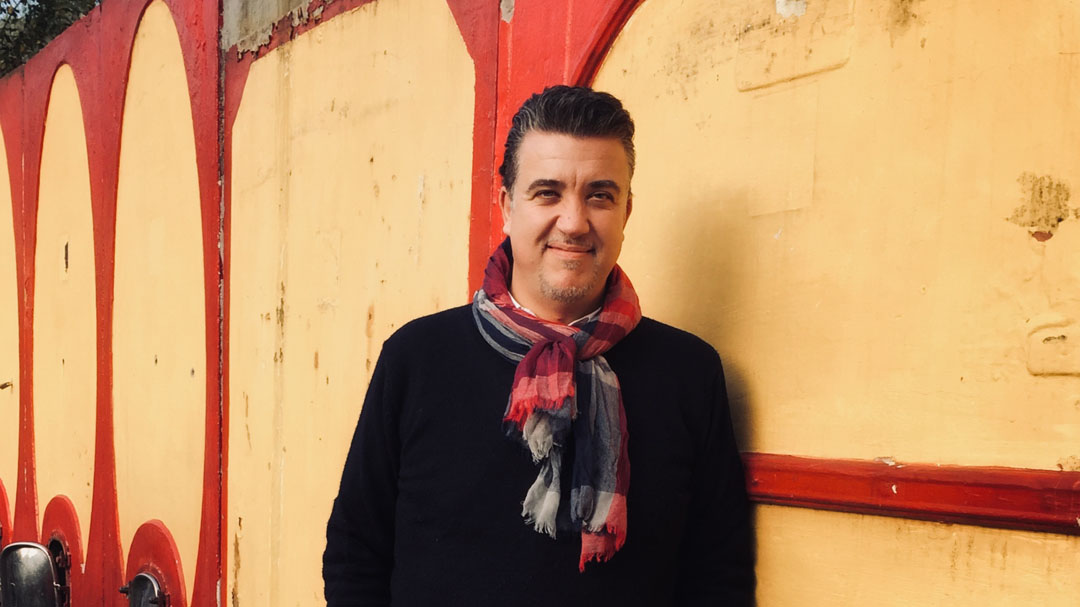
Upstairs you can rent four large airy rooms if you want to stay overnight. Daniele also has an experimental vineyard where he planted a clone of nebbiolo called cobianco.
-It is a clone that is resistant to low temperatures, has compact bunches similar to pinot noir and has a good balance between foliage and vigour. It also provides elegant wines with fine acidity and ripe fruit, says Daniele.
Lessona is not like Bramaterra, Gattinara, Boca, Ghemme, Sizzano…
If Lessona has a lot of sand, the regions of Bramaterra and Gattinara, just east, have volcanic soil. If you cross the river Sesia a bit further east you come to the region called Boca, which also has volcanic soil and then the more clay-dominated areas of Ghemme, Sizzano and Fara. Lessona is unique. Not just for the sand but also because it is so extremely small.
-In Lessona we have only 25 hectares of vineyards in total, all together! We are tiny but have great potential. In the early 1900s, there were more than 400 hectares in Lessona, Daniele Dinoia continues.
This is not even a drop in the world’s great wine ocean. But the wines from Lessona are something out of the ordinary. They usually have a lighter colour than their cousins in Barolo and Barbaresco (who are already light in colour!). They are very elegant, complex but with a light body and inviting aromas and with a certain saltiness as a red thread. For those who love nebbiolo, these wines are not to be missed!
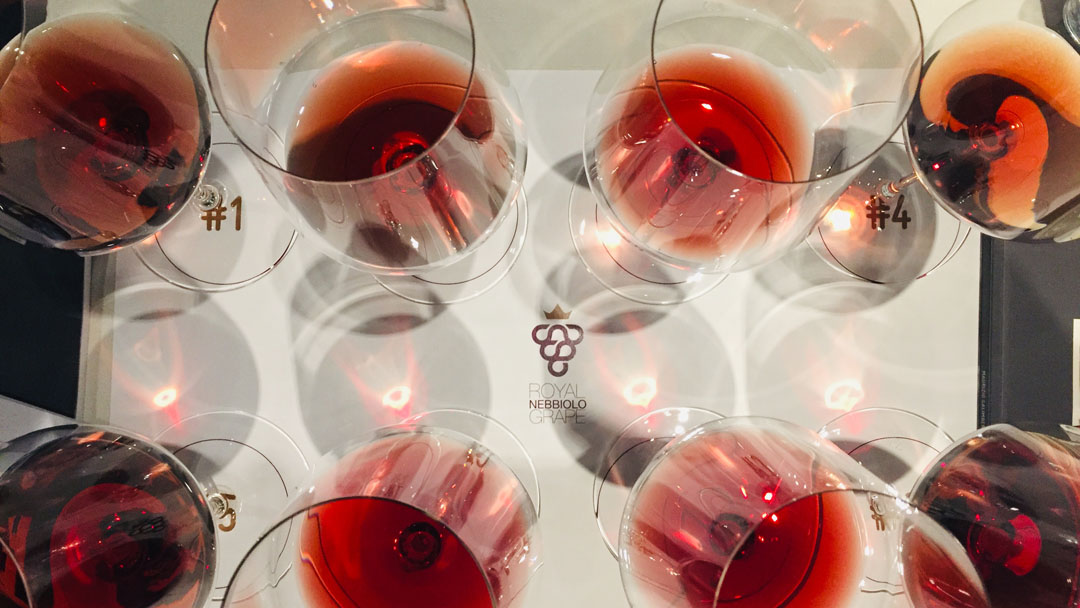
In Lessona, unlike Barolo and Barbaresco, you can also blend in fifteen per cent vespolina, uva rara and croatina. Vespolina is related to nebbiolo and gives hints of white pepper to the wines.
Daniele from Villa Guelpa is not alone to be enthusiastic about what he does. He has good help from other producers. Among others, from Marco Rizzuti from the historic estate of Tenuta Sella.
-We have had vineyards since the 14th century but today we have about twenty hectares left in Lessona and Bramaterra, says Marco Rizzuti who owns Tenuta Sella.
-The microclimate is very special here in Lessona because even though we are so far north we have a mild climate. The Alps protect us from the cold winds from the Atlantic and we have cypresses and even palm trees that survive here, says Paolo Benassi, enologist at Tenuta Sella.
-We also have large diurnal temperature differences that make the aromas and tannins mature properly, says Daniele Dinoia from Villa Guelpa.
-Our wines manage to retain their elegance, the alcohol content rarely exceeds fourteen per cent, says Paolo Benassi from Tenuta Sella.
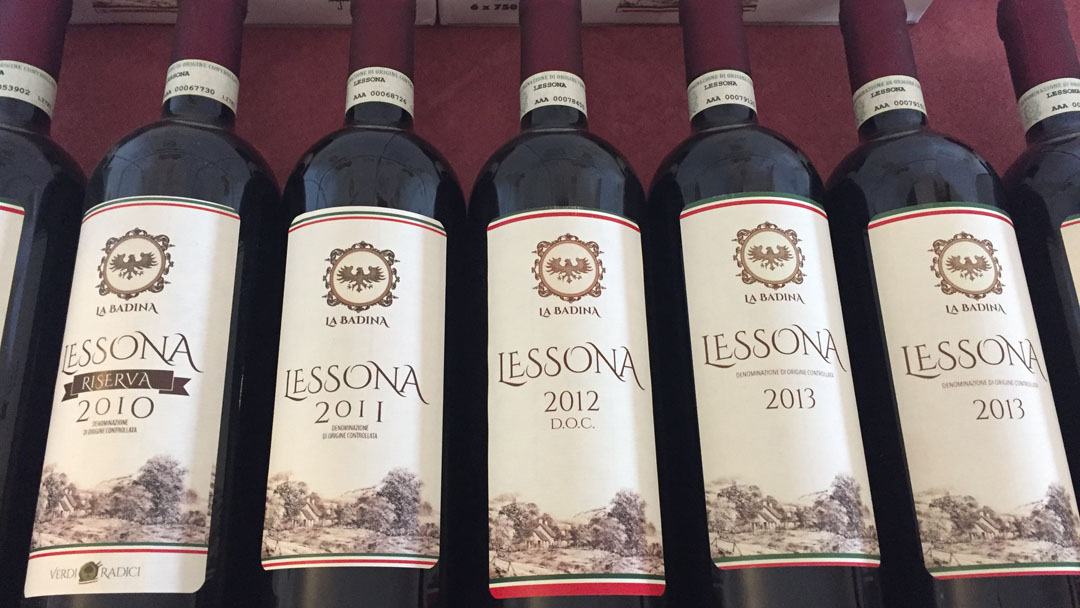
The desire to tell about this small wine region means that they almost talk over each other. It is an enthusiasm that’s contagious on us who listen. Because you always cheer a little extra on the one who starts from a poorer position, don’t you?
Another historic estate is Massimo Clerico. His family lives and makes wine in Lessona since 1640 but it was only in 2003 that Massimo decided to bottle under his own name.
-In total, I make fifteen thousand bottles from my two and a half hectares, Massimo tells us, standing in the vineyard right next to his house and looking out over the hills where the Alps rise in the background. Massimo shows us around and it seems that he would rather change and go out and work in the fields instead of talking to us. But we don’t mind since his wines are very expressive and speak perfectly for themselves.
An even smaller producer in Lessona is La Badina run by the two enthusiasts Emidio and Rosa Di Betta. Their small white houses with brown roof beams look like taken out of a storybook where it stands in a forest clearing surrounded by the wood and bushes. When they bought the farm in 1999 there was not even a road up to the house. In the village, they said that Emidio and Rosa were crazy who bought La Badina. But woods were cleared, the road was constructed and vineyards were planted.
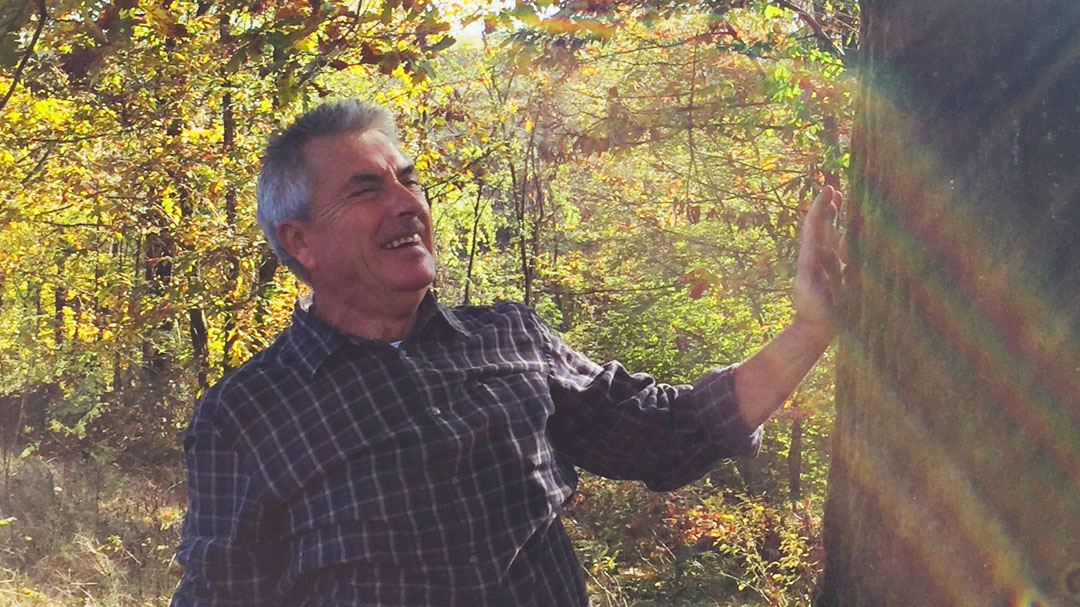
– We harvested for the first time in 2008 and today we have one and a half hectares of vineyards. In total, we make 1,500 bottles and we have planted different clones of nebbiolo, says Emidio.
He takes us into the tiny wine cellar where a steel tank is wrapped in a large blanket.
-We have a little problem with the malolactic fermentation this year, says Emidio laughing and pats affectionately on the tank as if it were of flesh and blood and not of steel.
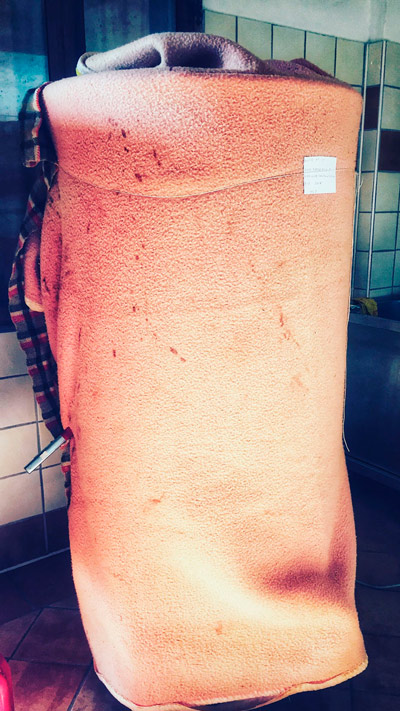
Around the corner is the little church where the local priest once a year holds a sermon to ask higher powers for help to keep the hail away.
-in 1905 there was such a terrible hail storm that wine production never started again, says Kerin O´Keefe during her talk.
It may not be “The Lord of the Rings”, but there are plenty of drama and everyday heroes in Lessona. Try some of their wines, close your eyes and be prepared that you will also be seduced by Lessona’s wines.
The estates mentioned in the text:
Åsa Johansson is BKWine’s person in Italy. She lives in Florence since the early ’00s. Asa writes regularly on wine and food in Swedish and Italian publications as well as online.
[box type=”info” size=”large” style=”rounded” border=”full”]
Piedmont is a fantastic source of exciting wines. Come and discover their wines on a wine tour to Piedmont with BKWine.
Travel to the world’s wine regions with the wine experts and the wine tour specialist.
The best wine exploration tours. BKWine wine tours.
[/box]


